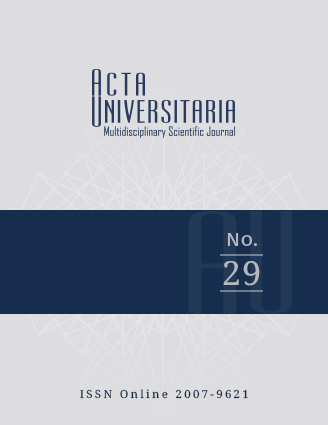Publicado 2019-11-13
Cómo citar
Resumen
El sistema inmunológico durante el desarrollo humano sufre cambios por madurez y exposición a antígenos. El objetivo de este estudio es evaluar poblaciones leucocitarias y subpoblaciones linfocitarias en niños sanos. Se obtuvo sangre periférica para identificar leucocitos, células de memoria (CD45+RO+) y efectoras. Se analizaron 102 preescolares; los de cuatro a cinco años presentaron disminución de leucocitos y células vírgenes (CD4+CD45RA+) con relación a los de 6 a 24 meses. Los niños de 25 a 48 meses mostraron disminución en CD8+CD45RA+, comparándolos con niños de 6 a 24 meses. Las natural Killer incrementaron en el grupo de 25 a 48 meses. Otras subpoblaciones aumentadas fueron CD8+, CD3+CD45RO+ y CD4+CD45RO+ en niños de 49 a 60 meses. En los de 25 a 48 meses, CD4+CD45RA+CD45RO+, CD8+CD45RA+CD45RO+ y CD8+CD45RO+ se encontraron aumentadas. Se concluye que las poblaciones de leucocitos y de linfocitos mostraron cambios estadísticamente significativos en niños preescolares mexicanos, respecto a la cronología de sus edades.

